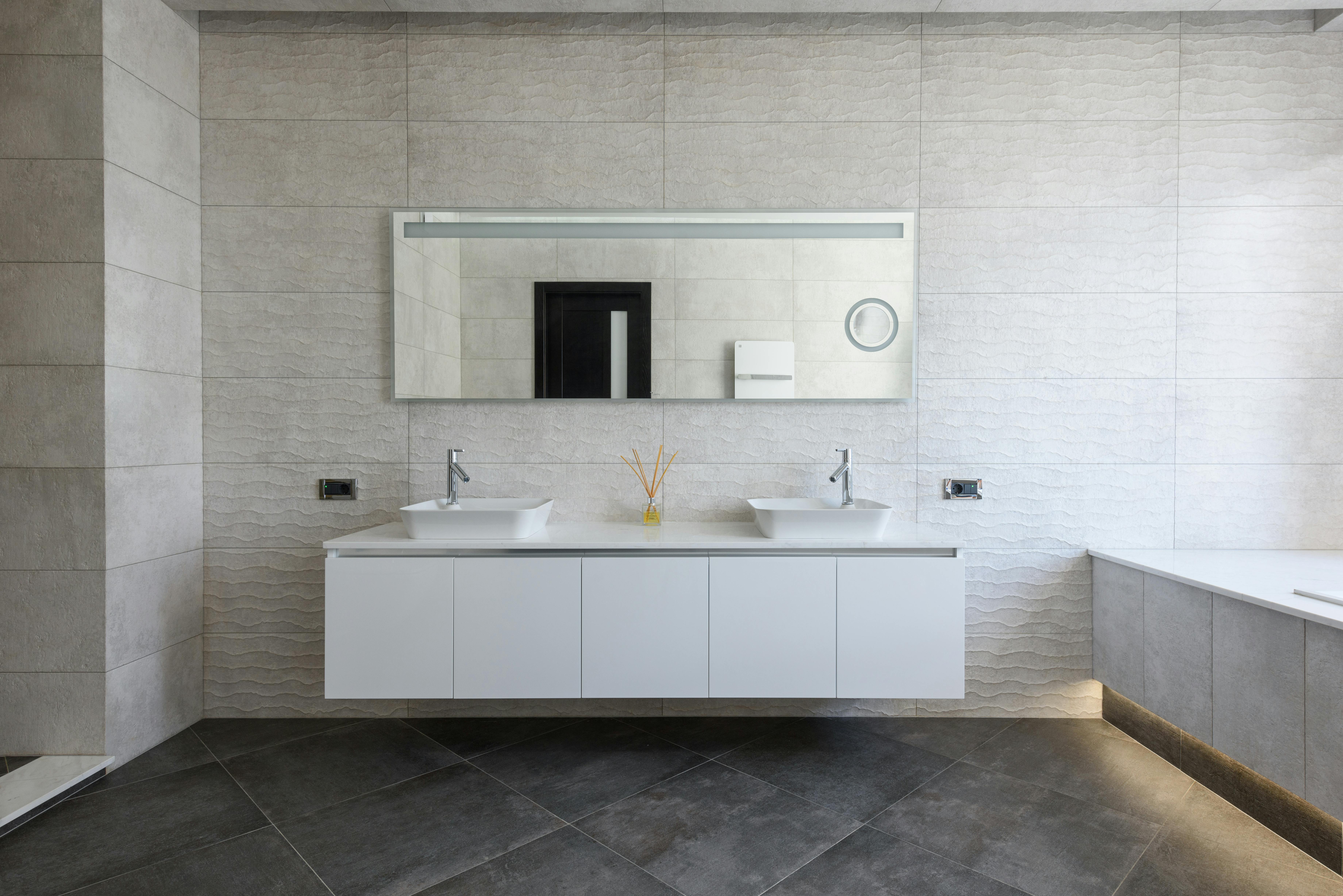
The Pros and Cons of Different Pipe Materials for Your Plumbing System Nov 04, 2025
Copper pipes have been a popular choice for many years due to their durability and reliability. Known for their long lifespan, copper pipes can last for decades without corroding, making them an excellent investment. They are also resistant to bacteria, providing you with cleaner water. However, the downside is the cost. Copper is more expensive than other materials and can be prone to theft due to its value. Additionally, the installation of copper pipes requires soldering, which can increase labor costs.
PVC, or polyvinyl chloride, is another common pipe material, especially for drain lines and vent systems. PVC pipes are lightweight, affordable, and easy to work with, making them a favorite among budget-conscious homeowners. They are also resistant to corrosion and chemical damage. However, they are not suitable for hot water applications as heat can cause them to warp or degrade over time. Another limitation is their appearance; they might not be suitable for areas where aesthetics are a priority.
PEX, or cross-linked polyethylene, has gained popularity in modern plumbing systems due to its flexibility and ease of installation. PEX can be bent around corners, reducing the need for joints and fittings, which minimizes potential leak points. It's an excellent choice for retrofitting plumbing systems and is resistant to both hot and cold temperatures. Despite its advantages, PEX has some drawbacks. It is not suitable for exposure to UV light and may not be recyclable, which can be a concern for environmentally-conscious homeowners.
Galvanized steel pipes were commonly used in older homes but have fallen out of favor due to their susceptibility to corrosion over time. They are quite durable and can handle high-pressure applications, but their tendency to rust internally means they can leach iron and other impurities into the water. As these pipes age, the risk of blockages and leaks increases. Therefore, if you're dealing with an older system, it might be time to consider replacements.
Finally, cast iron pipes are known for their strength and noise-reducing qualities. They are often used in soil stacks and sewer lines due to their durability. While they can last a long time with proper maintenance, they are heavy and require significant labor to install. Additionally, like galvanized steel, they are prone to rusting, which could result in expensive repairs down the road.
In conclusion, the choice of pipe material for your plumbing system depends on your priorities, budget, and specific plumbing needs. Whether you opt for the traditional robustness of copper or the modern flexibility of PEX, each material comes with its own set of advantages and disadvantages. At Nick's Plumbing and Backflow, we recommend consulting with our expert plumbers to assess your unique situation and determine the best choice for your home. A well-informed decision today can save you from costly repairs and provide peace of mind for the future.
/filters:no_upscale()/media/8e3f8840-4920-4868-aa14-8833e71bae15.jpg)